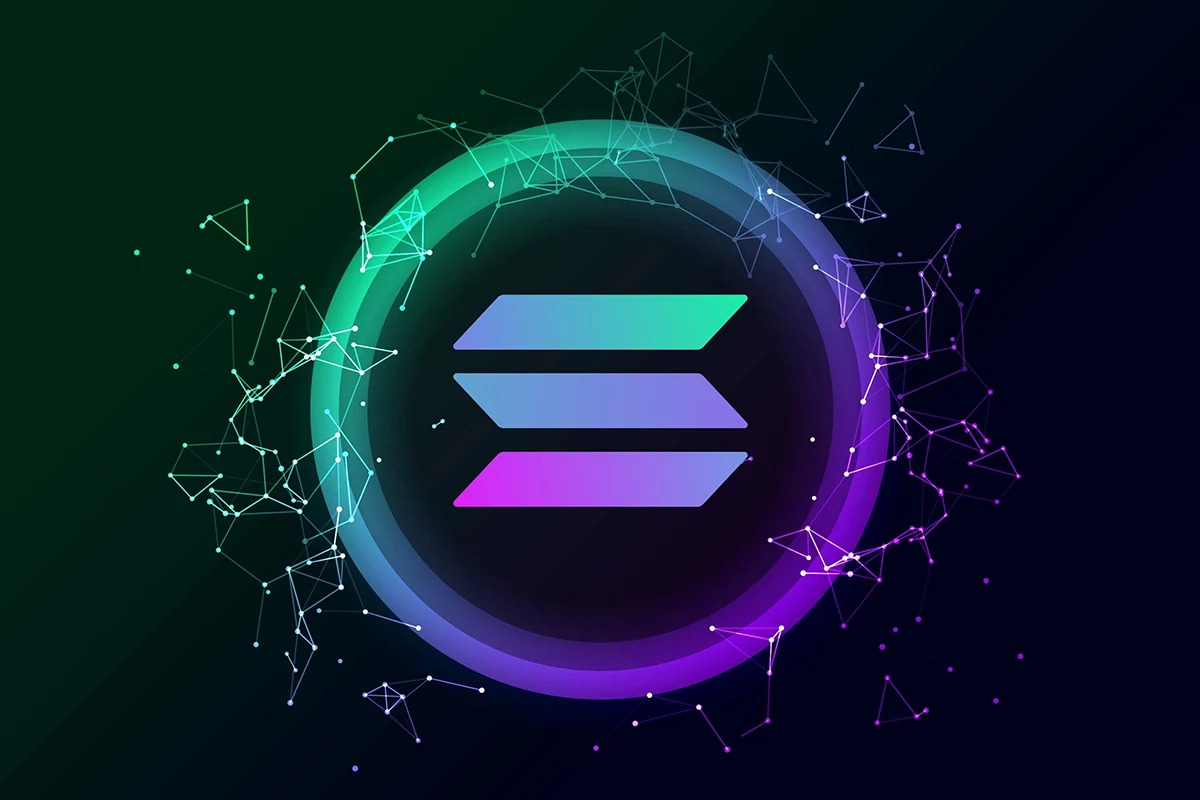Space and Time’s Education Verification System Is Integrated by Indonesia’s Largest University UGM
The student credential solution recently rolled out by Space and Time (SxT) has its first major educational body onboard. Universitas Gadjah Mada (UGM) is Indonesia’s largest university and it’s been quick to integrate the onchain framework developed by SxT in collaboration with Indomobil for student course payment and qualification verification.
Space and Time is known as the blockchain for data verification and for UGM’s 60,000 students it’s about to do just that. This isn’t about placing data on a blockchain for the sake of it: there are clear benefits to doing so in this instance, both from the perspective of students and from that of employers and educators wishing to check their credentials.
Pay It, Prove It
SxT’s onchain student credential framework achieves two things. Firstly, it allows students to pay for courses online, using the SXT token, accelerating payment processing and allowing them to start learning immediately. This is particularly valuable in Indonesia, where legacy systems sometimes entail student families having to pay in cash and then wait for it to be passed from schools to universities before their child can commence their studies.
The second benefit is that all courses completed by students can be permanently stored onchain, making them inspectable by authorized third parties such as employers and universities. Now, with Universitas Gadjah Mada enrolled in the program, these capabilities are poised to see serious adoption for up to 60,000 students. It’s not the only utilization of Space and Time’s technology being trialled by UGM either – the university has also announced that it’s integrating another SxT product, Dreamspace, for AI application development.
UGM Goes All In on AI
Like many tech-focused universities, UGM offers its students courses in artificial intelligence. These have now been enhanced by its decision to host an AI lab on its campus where students will be able to create and deploy AI apps that use SxT’s Dreamspace solution for onchain AI generation.
Space and Time has recently turned its attention to supporting Indonesia’s education sector, having partnered with one of the country’s largest public companies, Indomobile, to develop its onchain verification system for student records. Indomobil has a long history of supporting Indonesian students, with Jusak Kertowidjojo, President Director of Indomobil Group, explaining that the company “is committed to supporting national development, and education is at the heart of that mission.”
Bringing Blockchain to University Campuses
The intersection of blockchain and AI has created opportunities for educators willing to grasp the baton and create course content that will equip students to master both disciplines. Given the permeation of the twin technologies into the digital and fintech landscapes, there are clear benefits to graduates having a working knowledge of both.
Artificial intelligence has many applications, with one of the primary ones being in simplifying access to complex processes – blockchain development and app deployment among them. Students who participate in UGM’s forthcoming AI lab will gain a practical working knowledge of the ways in which AI and blockchain can be combined to create powerful applications that solve real-world problems – and that are capable of generating real revenue.
Not only will students who participate in the AI modules enhance their learning but, thanks to SxT’s education verification framework, they’ll be able to have any qualifications they attain indelibly recorded onchain. This will allow employers to see at a glance which courses students have passed and to hire the best qualified candidates as they embark on tech careers of their own.
Disclaimer: This article is provided for informational purposes only. It is not offered or intended to be used as legal, tax, investment, financial, or other advice.
You May Also Like

Solana ETFs Market Grows with Fidelity and Canary Marinade’s New Funds

XRP analysts shift 2025 outlook as liquidity models evolve

